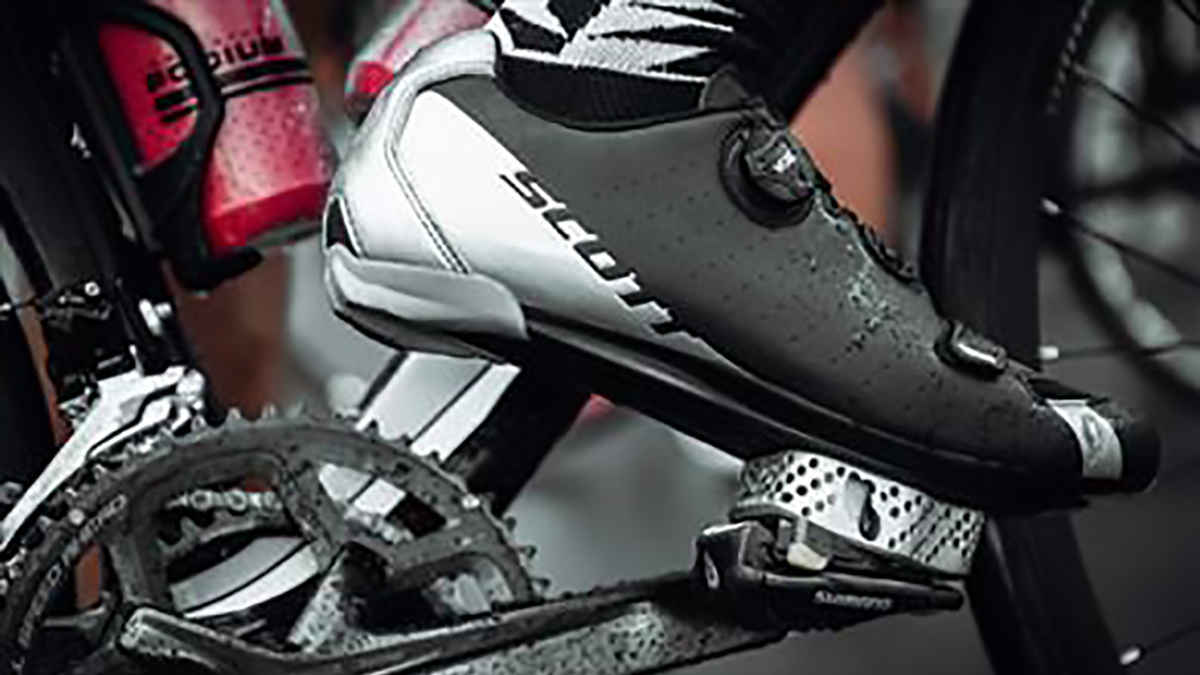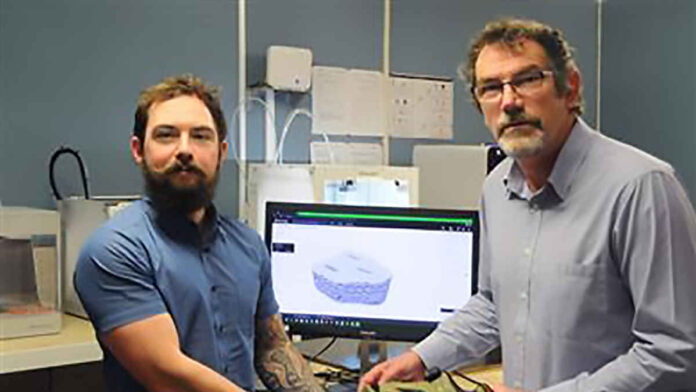The sole survivor of a helicopter crash in Pukerua Bay, New Zealand in 2010, Stevin Creeggan had difficulty in cycling because of the shortness of his right leg after the accident. For this reason, when veteran soldier Creeggan needed a spacer and a shoe cleat, New Zealand Defense Forces (NZDF) engineers succeeded to produce useful, light and resilient pieces for Creeggan, using Metal 3D additive manufacturing technology. Zenith Tecnica produced the final piece with GE Additive EBM machine.
Creeggan had 2.5 centimetres shortening in his right leg compared to the other, along with several other damages after the accident, he then returned to cycling to maintain his form. In addition, he put his name forward to compete in the Invictus Games, founded in 2014 by Prince Harry, for current and former service personnel who have been wounded or injured. Creeggan then found the solution for this shortness problem by making a spacer to fill the gap between his right foot and the bicycle pedal.
Stating that he first had used bog; the material that panel beaters used when they filled a dent in a car, Creeggan told that it was strong but a very heavy material. Creeggan said “I spoke to my Invictus sports team manager, David Pilgrim, who took it to the NZDF engineering design team without me knowing. When I found that out you could have knocked me over with a feather, I was so surprised!”
The team reduced the weight of the pieces using titanium and GE’s additive technology
When David Pilgrim shared this information with NZDF engineering design team; Martin Campbell, from the team; said that he had a long history with push bikes and told that when this job had come in; he had jumped at the chance. Another member of the team, Ewan Conaghan said that it had been a little out of the ordinary for a design engineering team more used to designing military vehicle parts through to tentage and bespoke prototypes and he added;
“We are mechanical engineers, but people will knock on our door with all sorts of ideas. As soon as we saw David’s request, we knew immediately that metal 3D printing was the way to go”. Saying that Creeggan’s present pieces were ridiculously heavy; Campbell stated that thus one of their primary tasks had been to work out how to significantly reduce its weight; while maintaining its strength and resilience to outdoors. Relaying that the team designed and printed a couple of carbon fibre prototypes; working with Stevin to perfect the piece, Campbell told that due to GE’s additive technology; they had been able to reduce the weight to 50 grams using titanium.

Creeggan: “A lot of people don’t realize that there is a spacer there at first”
Zenith Tecnica, an Auckland-based manufacturer, printed the final piece in titanium using a GE Additive Arcam Electron Beam Melting (EBM) Q10plus machine. Stating that their GE Additive EBM machines were certified to 3D print titanium aerospace and medical parts; Zenith’s technical manager, Peter Sefont said; “We make quite a few customized patient specific implants and prosthetics; as mass customisation is one of the key benefits to 3D printing; but the pedal spacer and cleat is not something we have manufactured before so it was great to be a part of it”.
Saying that they only had to suggest a few small tweaks to get to the final design; Sefont noted that it had allowed them to get the most out of the additive technology. Creeggan, agreed with Sefont; and told that he had quite a few comments on how beautiful the design is; and questions as to how it keeps its strength. Stating that a lot of people did not realize that there is a spacer there at first; Creeggan said that it was a testament to 3D printing technology and titanium.
